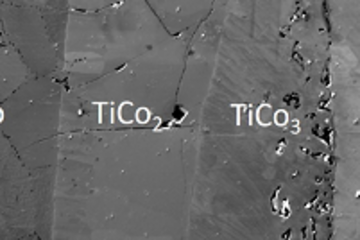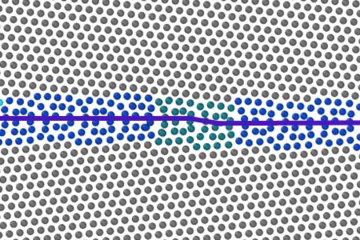All genres
21.
Poster
Recent Developments in the Analysis of Microstructures by 3D-EBSD. Microscience Microscopy Congress 2019, Manchester, UK (2019)
22.
Poster
Microstructural and Electronic Characterization of CdTe Thin Film Solar Cells: A Correlative SEM-Based Approach. IAMNano, Port Elizabeth, South Africa (2016)
23.
Poster
Microstructural and Electronic Characterization of CdTe Thin Film Solar Cells: A Correlative SEM-Based Approach. IAMNano, Hamburg, Germany (2015)
24.
Poster
Correlative measurement of the 5-parameter grain boundary character and its physical and chemical properties. RMS EBSD 2014, London, UK (2014)
25.
Thesis - PhD
A Study on the Microstructure Formation Mechanisms and Functional Properties of CdTe Thin Film Solar Cells Using Correlative Electron Microscopy and Atomistic Simulations. Dissertation, RWTH Aachen, Aachen, Germany (2017)
26.
Thesis - Diploma
Compatibility between Molten Salts and Materials in Concentrated Solar Power Plants. Diploma, École Nationale Supérieure de Chimie de Lille, Lille, France (2013)
27.
Thesis - Master
Crystallographic and Electronic Characterization of Grain Boundaries in Cd–Te Thin Film Solar Cell. Master, University of Lille I, University of Science and Technology, Lille, France (2013)
28.
Thesis - Bachelor
Enzymatic Synthesis of Bisourced, Non-Ionic Surfactants. Bachelor, École Nationale Supérieure de Chimie de Lille, Lille, France (2011)











